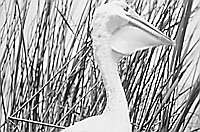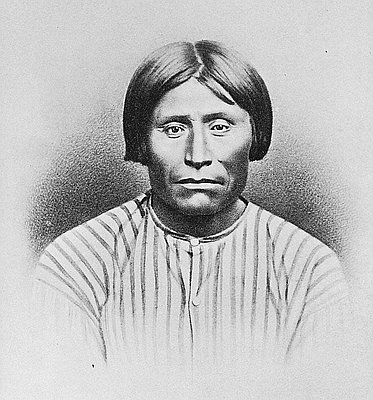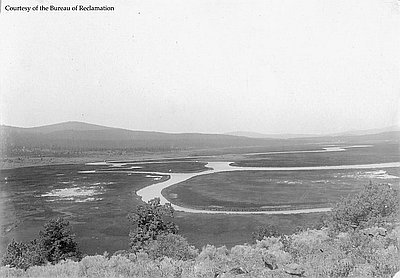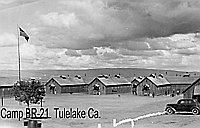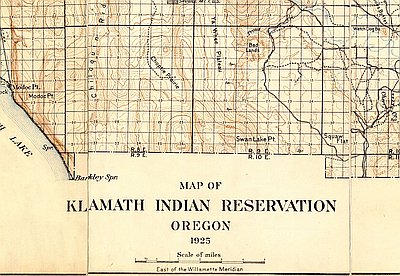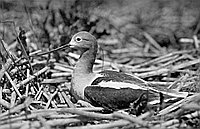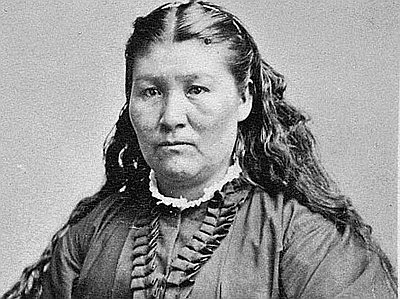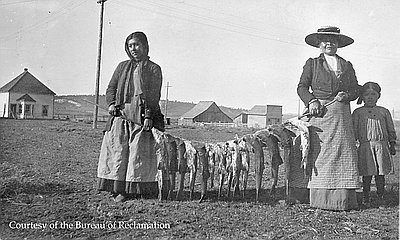The Controversial Sucker
When author William Kittredge was a high school student in Klamath Falls, he and his friends caught suckers in Klamath Lake with unbaited hooks. “Somebody would hang a hook in the side of one of those prehistoric-looking creatures, drag it in, and we’d leave the poor gasping thing with its blowhole mouth on the bank to die. Such were the glories. Who would have thought those suckers would turn up on the endangered species list?”
Many residents of the Upper Basin refer contemptuously to suckers as “suckerfish” or even “junk fish.” However the Lost River sucker, which is native to Upper Klamath Lake, was once considered the most important food fish of the region. Commercial processors rendered enormous amounts of them into oil, dried fish, and canned fish.
Shortnose suckers also inhabit the rivers and lakes of the Upper Klamath Basin. These omnivorous bottom feeders live as long as thirty-three years. To spawn, the shortnose swims up a fast-moving stream. Although this fish can release and fertilize more than 40,000 eggs at a time, few juveniles join their elders each year, a sign of the species’ decline.
Poor water quality is no less important than water quantity in accounting for the decline of the suckers. Massive fish wipe outs have occurred in Upper Klamath Lake at times when blooming algae choke its waters. Scientists attribute sucker die-offs to the run-off of pesticides, fertilizer, and animal wastes into the waters of the Upper Basin as well as to the reduction of wetlands and floodplains. Also, according to a U.S. Fish and Wildlife Service report, the turbines of a hydroelectric dam on the Klamath River eliminate tens of thousands of juveniles each year. Others are stranded in irrigation canals or perish in fields.
The decline of the suckers has concerned many members of the Klamath Tribes. Suckers are an important part of their traditional diet, coming early in the year after winter’s scarcity of food. Tribal members greet the first c’wam, or sucker, with a ceremony each March. However, the Tribes have banned the c’wam fishery in order to protect the species.
In 2001, a federally mandated biological opinion called for the retention of enough water in Upper Klamath Lake to dilute pollution that threatened sucker survival. This, together with another opinion recommending more water for the wild coho salmon downriver, led the Bureau of Reclamation to curtail irrigation flows to farmers and ranchers served by the Klamath Project that spring. A bitter political controversy ensued, pitting the irrigators against federal agencies and against the tribes whose scientific studies supported the biologists’ recommendations.
© Stephen Most, 2003. Updated by OHP staff, 2014.
